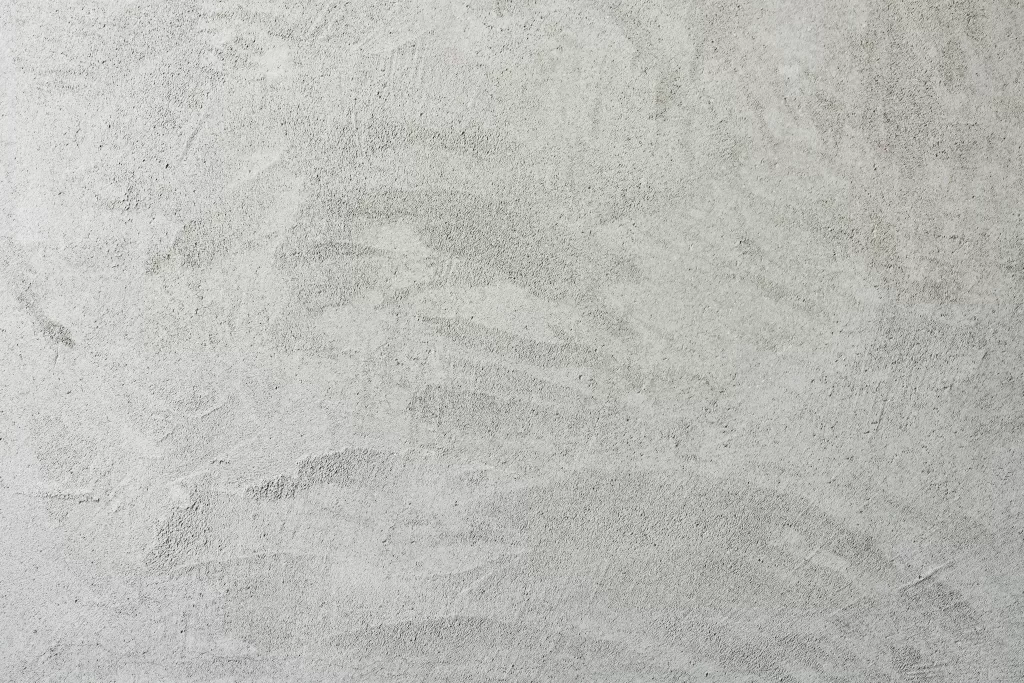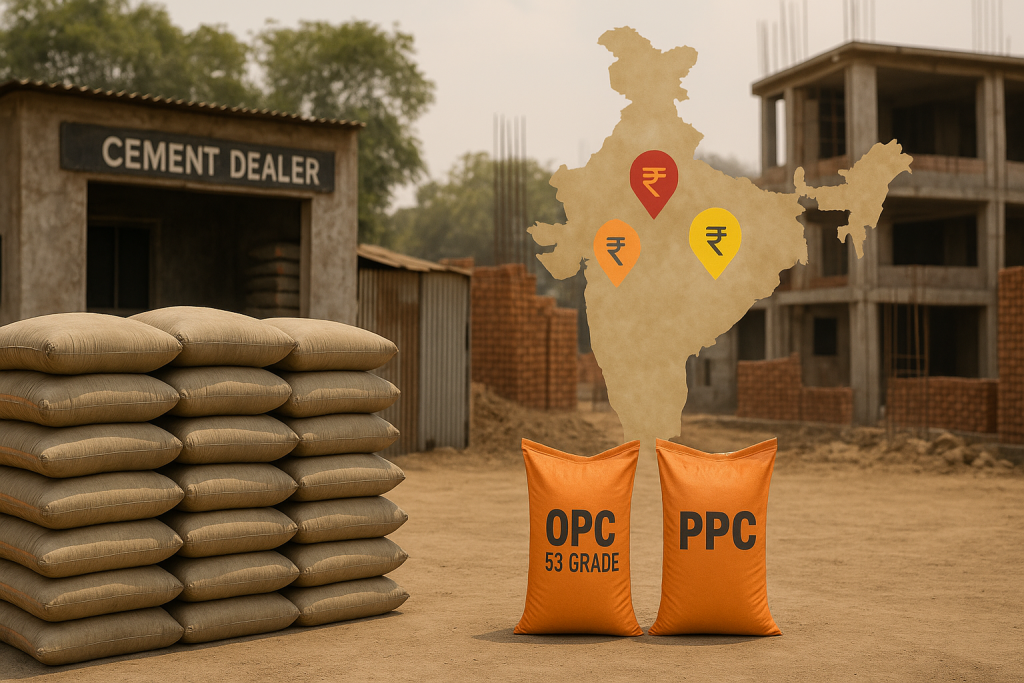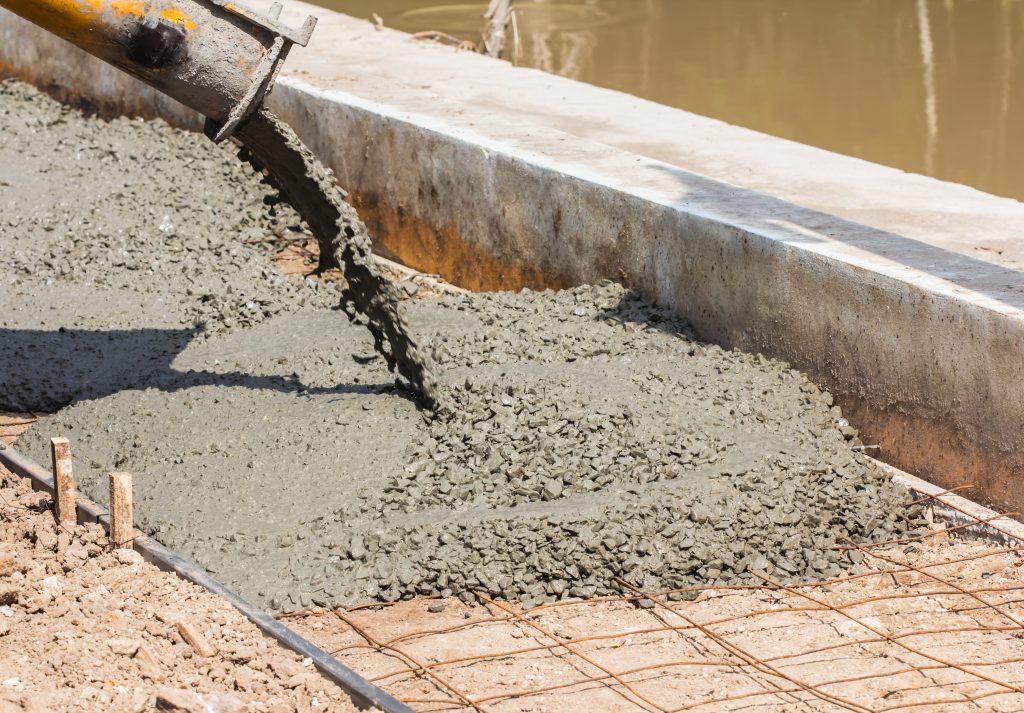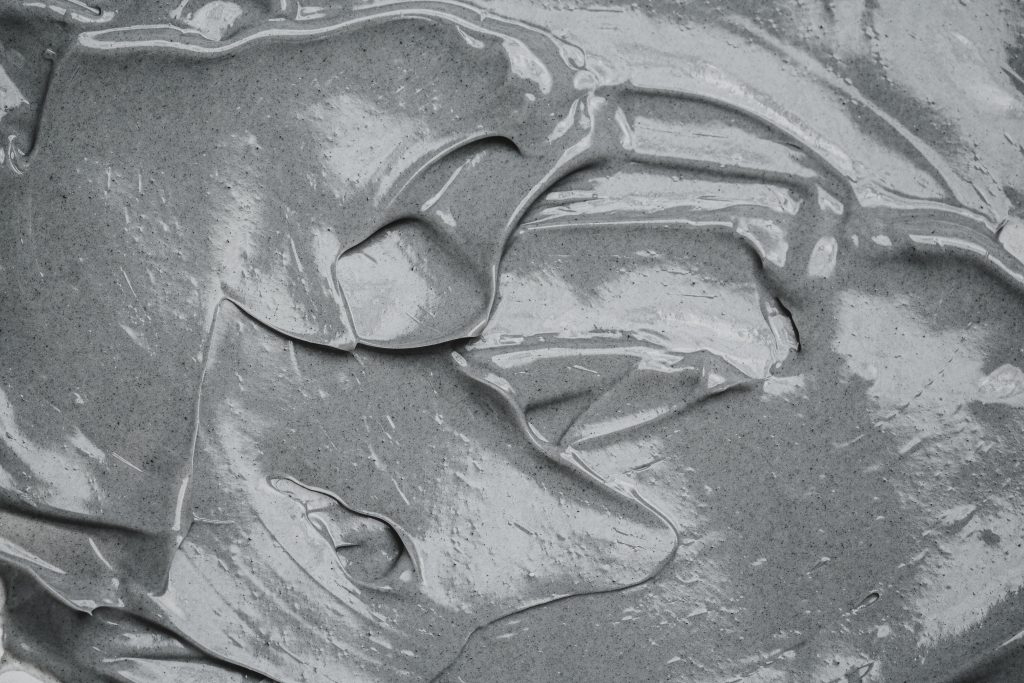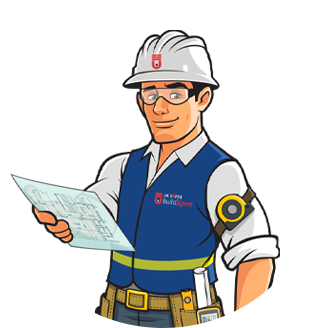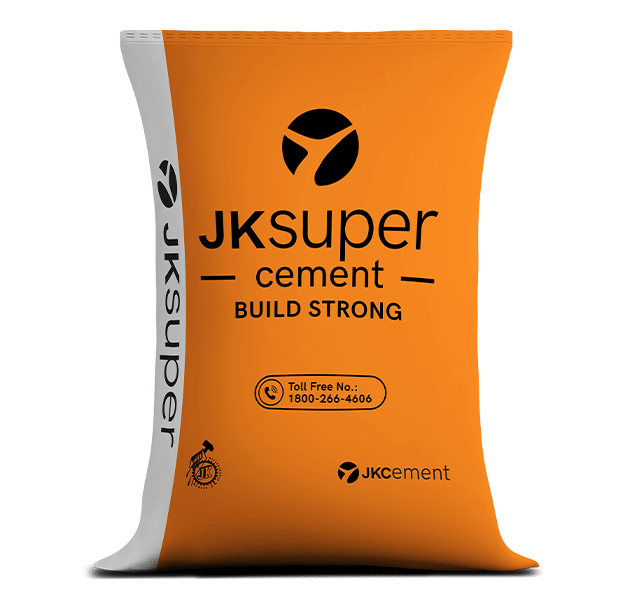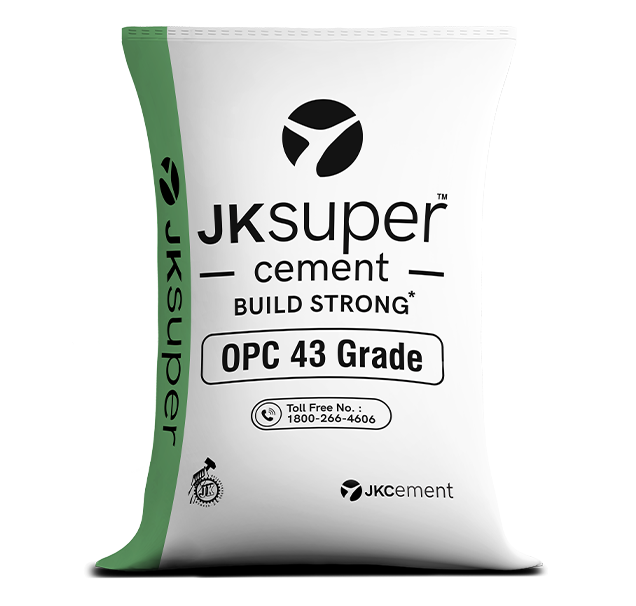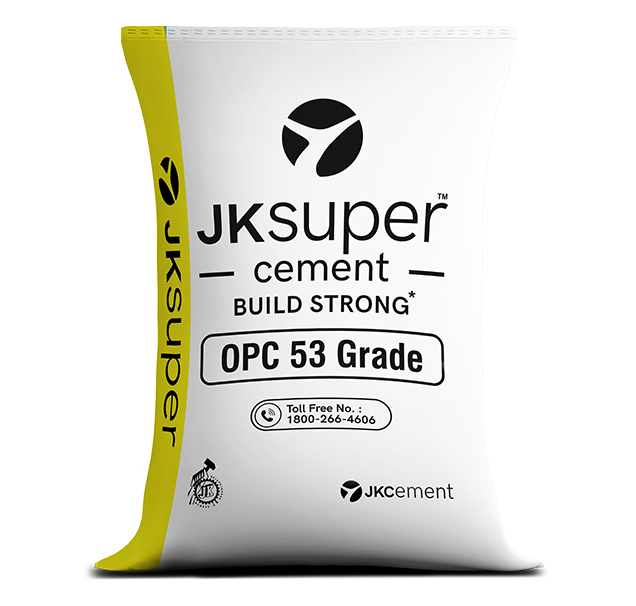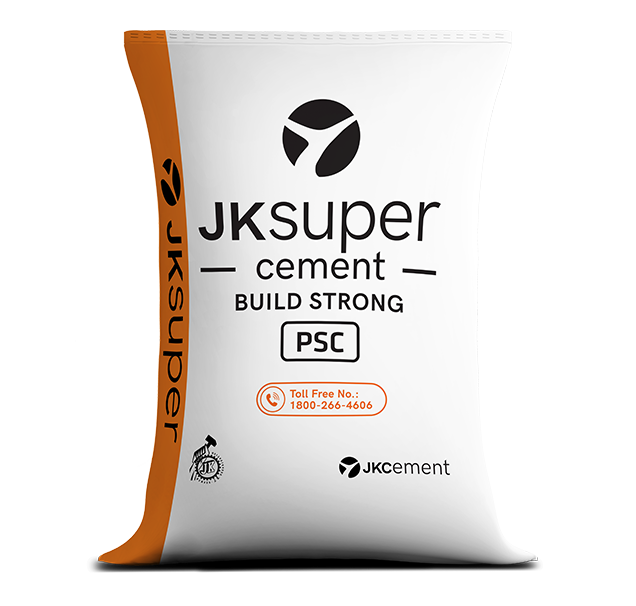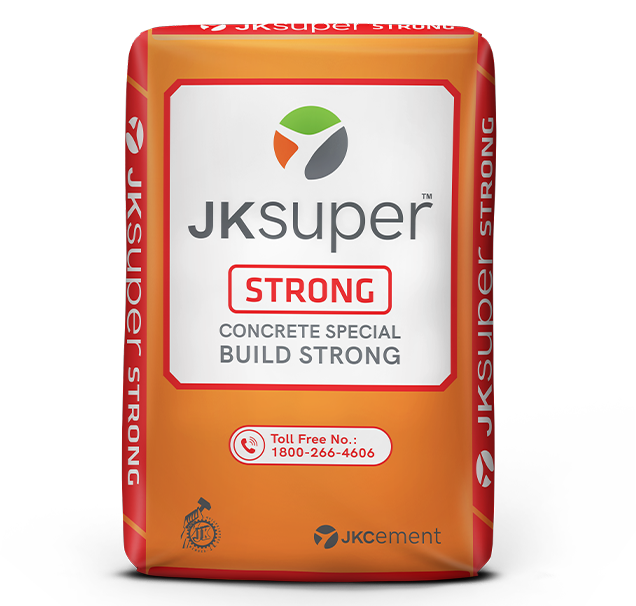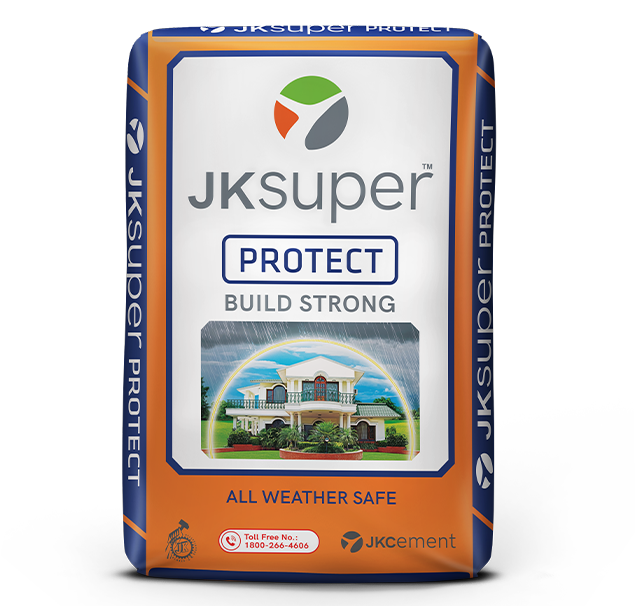If you want to build a solid foundation or create durable structures, PCC is your safe bet. The full form of PCC in concrete is Plain Cement Concrete and it is an essential material in construction. It is used for various purposes to ensure stability, and support, and create a long-lasting base for diverse projects. This type of concrete mainly consists of cement, sand, aggregate, and water. This concrete cement serves as the backbone of numerous construction activities. Read ahead to learn more about what PCC concrete is, its uses, advantages, disadvantages, and how it differs from RCC.
What is PCC Concrete?
PCC in construction refers to a simple mixture of cement, sand, aggregates, and water without any reinforcement. PCC is primarily used in areas where tensile strength is not critical. It is used to provide a flat, smooth, and sturdy surface. The mixture of PCC acts as a protective layer and prevents direct contact between structural components and the soil mixture. As a result, corrosion and dampness is reduced. The simplicity of PCC makes it a versatile choice for a wide range of construction activities.
Uses of Plain Cement Concrete
Plain cement concrete finds applications in several areas of construction. Some of its common uses include:
Foundation Beds
PCC is widely used to create a strong base for foundations in residential, commercial, and industrial buildings. It provides stability to the soil and helps distribute the load evening.
Flooring
You can use PCC as a sub-floor layer before laying tiles, marble, or other finishes. Its smooth surface offers excellent support for these flooring structures.
Pavements
The tensile forces in pavements like footpaths, driveways, and parking lots are minimal. Hence, PCC is used for their construction, which extends their durability and resistance to weather conditions.
Damp-proof course (DPC)
Walls of buildings are often susceptible to dampness due to testing weather conditions, especially in coastal areas. PCC acts as DPC in such cases and prevents moisture from rising into the walls.
You can achieve the best results with PCC across diverse applications. The key is to invest in quality and source it from a reliable cement company.
Difference Between PCC and RCC
PCC and Reinforced Cement Concrete (RCC) have paramount importance in various construction projects. However, their functions and compositions differ significantly. Here’s a breakdown of the same:
Tensile Strength
RCC includes reinforcement, which typically through steel bars that provide tensile strength, while PCC does not. This makes RCC suitable for structures exposed to tensile stresses, such as beams and columns, whereas PCC is in areas where compression is the main factor.
Cost and Complexity
PCC concrete is simpler and less expensive to produce compared to RCC. It is the best cement in India for low-strength demanding projects. RCC, on the other hand, requires careful placement of reinforced bars, which makes it more labour-intensive and comparatively pricier.
Application Areas
PCC is mainly used for foundations, floors, and pavements. Conversely, RCC is essential in structural elements like beams, thick slabs, and columns. These structures require additional strength, which makes it the apt choice.
For high-quality plain cement concrete, look no further than JK Cement. Browse through the range of products and boost your construction project with the care it deserves.
Advantages of Plain Cement Concrete
Plain cement concrete is a popular choice for construction activities due to the following benefits:
- Cost-effective: PCC is inexpensive due to its simple composition and the absence of reinforcement materials.
- Durability: When properly mixed and cured, PCC provides excellent durability that resists weathering, moisture, and erosion.
- Ease of Application: Its straightforward mix of materials makes plain cement concrete easy to apply even in larger areas.
- Low maintenance: Once laid, PCC requires minimal maintenance, which reduces long-term costs.
Disadvantages of Plain Cement Concrete
Despite its numerous benefits, plain cement concrete has some drawbacks worth considering such as:
- Lack of Tensile Strength: As PCC lacks reinforcement, it cannot withstand tensile stress. It is not suitable for areas subject to bending or stretching forces.
- Brittleness: Plain cement concrete is prone to cracking under heavy loads or temperature changes due to its brittle nature.
- Heavy Weight: The weight of PCC can pose an issue for some projects. You may have to replace it with a lighter material for better application.
- Environmental Impact: The production of cement, which is a major component of PCC, contributes to carbon emissions. This raises concerns over environmental footprint.
Conclusion
Plain cement concrete makes for a solid choice for creating a stable and durable base for various construction projects. Its simplicity and cost-effectiveness make it suitable for foundations, floorings, and a wide range of other applications. However, it’s important to understand its limitations and make accommodations to optimally leverage its benefits. When you recognise its strengths and weaknesses, you can ensure you get the right material for the job. You can learn more about the same when getting this water-resistant cement online.
Looking for high-quality materials for your construction projects? Consider JK Cement, renowned for reliable products curated for your unique needs.
FAQs
Why is PCC required before RCC?
PCC is often used before RCC because it creates a solid base. Creating this base helps distribute the weight of the structure evenly and prevents moisture from affecting the structural elements. Lacing the PCC first ensures that the RCC on top has a stable foundation to support it.
What is the PCC ratio?
The PCC ratio typically comprises the proportions of cement, sand and aggregates used in the mix. A common mix ratio for plain cement concrete is 1:2:4, which is one part cement, 2 parts sand, and 4 parts aggregate.
When is PCC better than RCC?
PCC is better than RCC in situations where there is not a lot of weight or tension required. It is ideal for creating flat surfaces for floors, foundations, and pavements.
